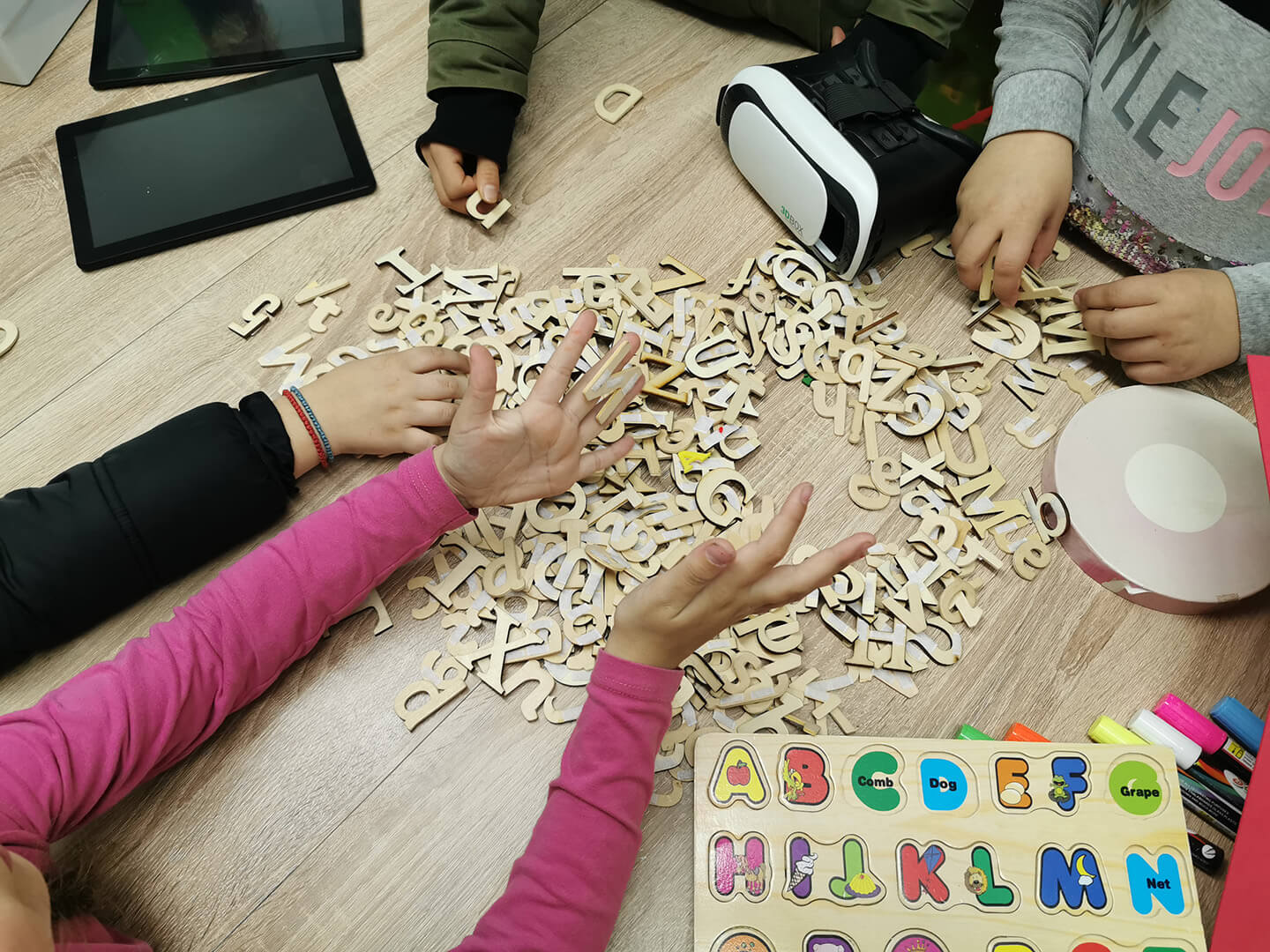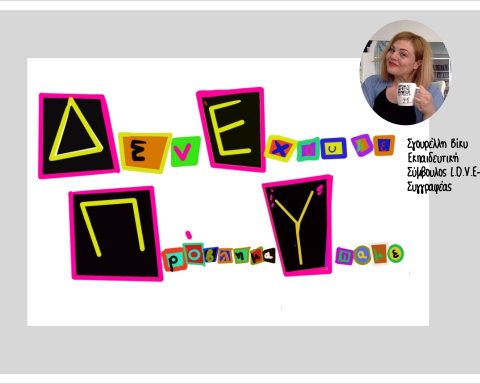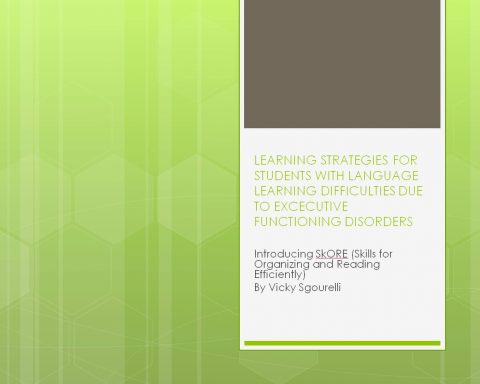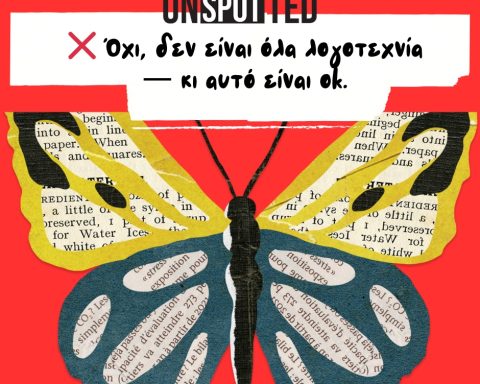There is a consensus among many researchers such as Boyleand his collegues (1995), Hui and Chan (1996) and Schonfeld (2001) that teaching is one of the most stressful professions. Defying a teacher’s identity is an important factor towards achieving resilience and hence professional development. There are various social, political, cultural and historical aspects can affect an educator’s identity. Since those determinant factors keep changing in the contexts of society, therefore teacher’s identity also keeps being redefined, an argument also supported by Buchanan (2015). In order to understand better the challenges that our occupation as special educators in both special and inclusive classrooms face, it is wise to make a short description of the educational system’s provision for the Special Educational Needs children .The issue of what constitutes a special educator will follow as well as the system’s malfunctions that can lead to extreme stress and burning out.
Being a special educator is certainly a challenge for all of us who want to follow this path. It is a path that can lead to many outcomes, not always constructive, for the individual. What could be helpful to prevent an identity crisis is the use of self-reflection and metaphor. Bolton (2010) as well as Craig (2005) consider these techniques essential for special teacher’s professional development. The pre-mentioned path, then, becomes a maze where a constant quest for new approaches and way of reestablishing one’s professional identity must be reconsidered. Specifically, Bruner (2002,p26-27) stated “to bind the discontinuities and uncertainties of life together to keep narrative and paradigmatic landscapes, intertwined, making the knower and the know inseparable”. The ability to self reflect is the only way to achieve professional and personal growth despite the adversities our occupation entails.
When self-reflecting, several factors should be taken into consideration. The questions we should ask ourselves should concern our perception of the teacher’s role and the degree of each self confidence. We should also be able to evaluate the educational policy or even school’s hierarchy and reflect on the external factors that can cause pressure.
A teacher’s continuous professional development plan should also become our priority since it boosts self-confidence and skills. As far as the ability to engage students concerns, my personal experience is that it is a result of both an innate gift due to the charisma of empathy and years of practice. Teachers who decide to follow the path of special education according to a study by Burns and Bell (2011), Duquette (2000) and Riddic (2003) tend to be empathetic, understanding and able to communicate and establish strong relationships with the students. What also motivates special teachers, according to Jones (2004), is the crave for educational change. They are more engaged to the cause of equal opportunities for SEN students, most times differentiating themselves from their mainstream colleagues.
A key feature that constitutes a special teacher’s identity in both mainstream and special schools is their attitude towards SEN students. If an inclusive -friendly educational system needs to be established, all prejudices must be tackled. According to Nanou (2009) a positive attitude plays a crucial role to the development of the teachers’ emotional state that will eventually make him more familiar and hence effective. Teachers must refrain from focusing on the disability itself because what they will only see is inadequacy instead of focusing on the strengths of the student.
Another surprising element in special teacher’s identity is that although they are most times highly qualified having completed postgraduate studies, they tend to doubt themselves. What Woolhouse(2012) believes to be the cause of that is their constant contact with the special needs students which makes them more critical of themselves. The issue of boosting teacher’s confidence and resilience was first considered, when approved by the No Child Left Behind (2001) program started focusing, as Sindelar, Brownell and Billingsley (2010) report, on the teacher’s role as special educator. One of the major consensus since then has been the prevention of burning out.
As Maslach (2003) stresses burning out includes dissociate behavior, feelings of tiredness, worthlessness, personal conflict and abandonment. Hakanen, Bakker and Schaufeli (2006) as well as Maslach and his colleagues (2001) explain that teacher’s negative feelings towards their profession stems from their helplessness when facing challenges beyond their capacities.
However there are many variables contributing to burnout besides attrition. As Skaalvik and Skaalvik (2007) as well as Adera and Bullak (2010) report, the lack of administrative support and high expectations from the teachers in conjunction with the inadequate government funds and training, especially when it comes to the implementation of inclusive strategies in mainstream schools, aggravates their already fragile psychological state. According to Polychronni and Vlachakis (2006), lack of efficient training is a major factor responsible for teachers’ feelings of inadequacy and stress.
In the private sector, especially in foreign language schools, from personal experience, teachers can find the resources and funds to create an inclusive environment and have the freedom to improvise and the crave to innovate. Therefore, stress can be avoided by following a very well organized curriculum and incorporating inclusive and differentiated methods like the ones they were mentioned in the above paragraphs.
In the public sector, though, stress levels especially among special teachers, are increasing. Although there is the legislation to support inclusiveness there seems to be no equipment in order to be implemented and reinforces teachers feelings of helplessness. The lack of infrastructure and the poor conditions in most public schools something that is also supported by Lambropoulou and Panteliadou (2002), Stassinou (1991) and Kouroublis (2000) and the insufficient educatiοnal staff certainly are not helping the situation. Even in special schools, qualified teachers seem to be outnumbered, making collaboration among the educators at school towards inclusiveness even more difficult. The lack of early diagnosis and efficient assessment adds even more stress to the already overburdened qualified special teachers. With no interest and funds from the government no pedagogical or institutional infrastructure, educational equipment, training and cooperation, the role of special teacher especially in public schools becomes impossible to bear. No wonder special educators burnout rate is higher.
So what can be done to redefine and reinforce professionals in special education in order t to ensure an “education for all” program, based on the basic human right of all people, from all categories to learn?
Hornby, Atkinson and Howard (2002) suggested that the reduction of class-size and the improvement all the school environment and surroundings in order to be accessible would be a good start. Teamwork and among the educational stuff and parents would also be beneficial towards the common goal for a healthy –for- all school environment. On a personal and self reflective level, teachers themselves need to learn how to reflect, overcome their prejudices and constantly develop themselves academically and intellectually in order to require the resilience they need to survive in the field and be effective and inspiring.








